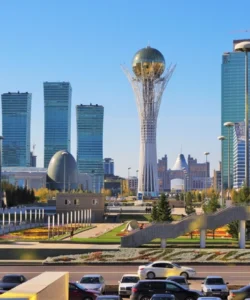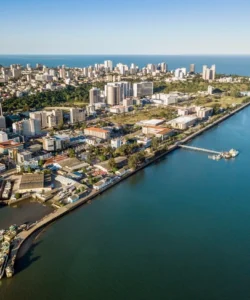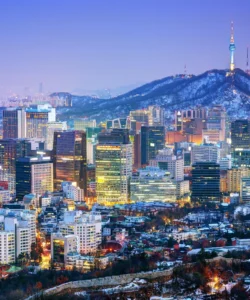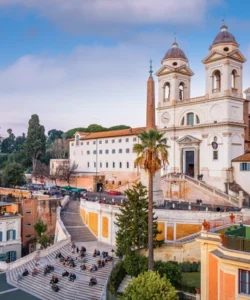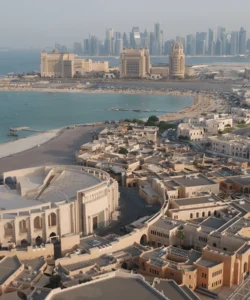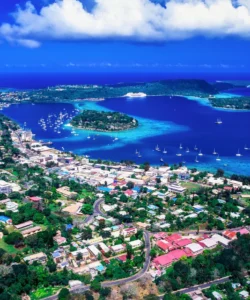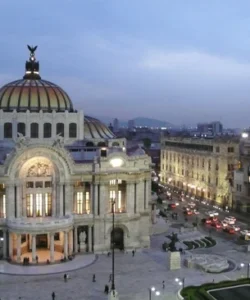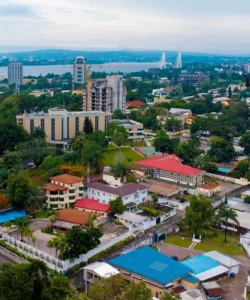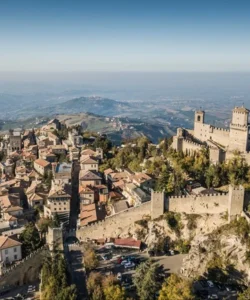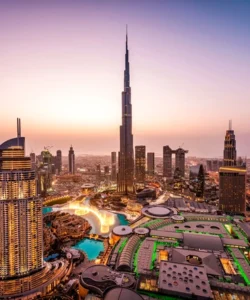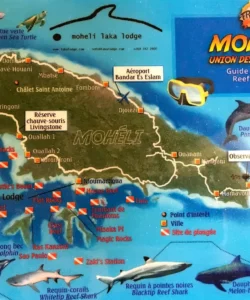Lithuania, officially the Republic of Lithuania, is a country in the Baltic region of Europe. It is one of the three Baltic states, bordered by Latvia to the north, Belarus to the east and south, Poland to the south, and the Kaliningrad Oblast of Russia to the southwest. Lithuania is known for its rich history as a former Grand Duchy, its beautiful natural landscapes, and its vibrant modern culture.
![]()
Area: Approximately 65,300 square kilometers (25,212 sq mi).
Population: As of 2023, the population is estimated at around 2.8 million.
Language: The official language is Lithuanian, a Baltic language closely related to Latvian. It is one of the oldest surviving Indo-European languages. Russian is also spoken by a significant minority, and Polish is common in some southern regions. English is increasingly understood, especially among younger generations.
Currency: The official currency is the Euro (EUR), which Lithuania adopted on January 1, 2015.
Religion: The predominant religion in Lithuania is Roman Catholicism. There are also smaller communities of Orthodox Christians (primarily among the Russian minority), Lutherans, and other faiths.
Capital: Vilnius is the capital and largest city of Lithuania. Its Old Town is a UNESCO World Heritage site, renowned for its diverse architectural styles, from Gothic and Renaissance to Baroque and Neoclassical, and its charming cobblestone streets.
Major Cities: Besides Vilnius, other significant cities include Kaunas (the second-largest city and former temporary capital), Klaipėda (a major port city), Šiauliai, and Panevėžys.
Attractions & Wonders: Lithuania offers a wealth of attractions, blending historical grandeur with natural beauty:
- Vilnius Old Town: A UNESCO World Heritage site, highlights include Gediminas Tower, Vilnius Cathedral, St. Anne’s Church and Bernardine Church, Užupis Republic (a bohemian, self-proclaimed republic), and countless hidden courtyards and art galleries.
- Trakai Island Castle: A stunning 14th-century Gothic castle located on an island in Lake Galvė, a truly iconic symbol of Lithuania. It’s a popular day trip from Vilnius.
- Curonian Spit: A UNESCO World Heritage site, this unique and fragile sand dune peninsula is shared with Russia’s Kaliningrad Oblast. It features pristine beaches, towering sand dunes (like the Parnidis Dune), and charming fishing villages like Nida.
- Hill of Crosses (Šiauliai District): A powerful and moving pilgrimage site with thousands of crosses, crucifixes, and religious statues, symbolizing Lithuanian faith and resistance.
- Kaunas: Explore its beautiful Old Town, Kaunas Castle, Pažaislis Monastery (a magnificent Baroque complex), and the impressive Ninth Fort.
- Aukštaitija National Park: Lithuania’s oldest national park, known for its pristine lakes, dense forests, and traditional villages. Excellent for hiking, cycling, and water activities.
- Klaipėda: A port city with a charming Old Town, the iconic “Mermaid of Klaipėda” sculpture, and a gateway to the Curonian Spit.
- Grūtas Park (Soviet Sculpture Park): Near Druskininkai, this park displays a collection of Soviet-era statues and monuments removed from Lithuanian squares after independence, offering a unique glimpse into recent history.
- Kernavė Archaeological Site: A UNESCO World Heritage site, showcasing evidence of human settlement from the Late Paleolithic period to the Middle Ages, with impressive hillforts.
Architecture: Lithuanian architecture is a rich tapestry woven from centuries of diverse influences:
- Gothic: Prominently seen in Vilnius, with masterpieces like St. Anne’s Church, a flamboyant example of brick Gothic.
- Renaissance: Elements are visible in some aristocratic residences and churches.
- Baroque: Vilnius is particularly famous for its Baroque architecture, often referred to as the “Baroque city.” Many churches, including the stunning St. Peter and St. Paul’s Church, are magnificent examples.
- Neoclassical: Later periods saw the rise of Neoclassical styles, as exemplified by Vilnius Cathedral.
- Wooden Architecture: Traditional wooden houses, particularly in rural areas and fishing villages on the Curonian Spit, showcase unique regional styles.
- Soviet Era: Large, utilitarian concrete buildings and apartment blocks are characteristic of the Soviet period in urban centers.
- Contemporary: Modern Lithuanian architecture is diverse, with an increasing focus on sustainable design and innovative urban planning, visible in new residential and commercial developments.
Roads: Lithuania has a relatively good and continuously improving road network. The main highways connecting major cities (e.g., Vilnius-Kaunas-Klaipėda) are well-maintained and in excellent condition. Secondary roads can vary in quality but are generally adequate. Signage is clear, and driving is a popular way to explore the country.
Hotels: Lithuania offers a wide range of accommodation options. In Vilnius, Kaunas, and Klaipėda, you’ll find everything from international chain hotels and upscale boutique hotels to budget-friendly hostels and guesthouses. Outside the major cities, there are charming rural guesthouses, farm stays, spa hotels, and lakeside resorts, particularly in areas like Aukštaitija National Park and the Curonian Spit.
Restaurants: Lithuanian cuisine is hearty and often influenced by its Eastern European neighbors. It features ingredients like potatoes, meat (especially pork), dairy products, and root vegetables.
- Traditional Lithuanian Dishes:
- Cepelinai: The national dish, large potato dumplings typically filled with minced meat, curd cheese, or mushrooms, served with sour cream and bacon bits.
- Šaltibarščiai: A vibrant cold beet soup, popular in summer, made with kefir, beets, cucumbers, and dill.
- Kugelis: A baked potato pudding with bacon and onions, similar to a potato cake.
- Kibinai: Savory pastries (similar to Cornish pasties) filled with meat or vegetables, particularly famous in Trakai, associated with the Karaim minority.
- Grybų sriuba: Mushroom soup, often thick and creamy.
- Skilandis: A traditional smoked pork sausage, often served as a cold cut.
- Tinga: A fermented bread drink.
- Vilnius and Kaunas have vibrant culinary scenes, offering traditional Lithuanian fare alongside international cuisine, modern European restaurants, and trendy cafes. There’s a growing emphasis on local and seasonal ingredients.


